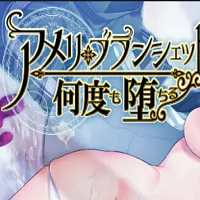The 1970s were a tumultuous period for Marvel Comics, marked by significant changes and the introduction of iconic storylines like "The Night Gwen Stacy Died" and Doctor Strange's encounter with God. However, it was the 1980s that truly solidified Marvel's legacy, with legendary creators delivering some of the most influential runs on their flagship titles. Frank Miller's transformative work on Daredevil, John Byrne's innovative take on Fantastic Four, David Michelinie's defining Iron Man stories, and the peak of Chris Claremont's X-Men saga, alongside Roger Stern's Amazing Spider-Man and Walt Simonson's Thor, are just a few examples of the brilliance that emerged during this era. These creators and their works are crucial to understanding the enduring appeal of these characters today.
The 1980s can be considered Marvel's golden age, a period that reshaped the Marvel Universe and set the stage for future storytelling. Join us as we delve into Part 7 of our exploration of Marvel's essential issues!
More Essential Marvel
- 1961-1963 - The Birth of a Universe
- 1964-1965 - The Sentinels Are Born and Cap Dethaws
- 1966-1969 - How Galactus Changed Marvel Forever
- 1970-1973 - The Night Gwen Stacy Died
- 1974-1976 - The Punisher Begins His War on Crime
- 1977-1979 - Star Wars Saves Marvel From Bankruptcy
- The Dark Phoenix Saga and Other All-Time X-Men Stories
The Dark Phoenix Saga and Other All-Time X-Men Stories
Chris Claremont's landmark run on X-Men, which began in 1975, reached its zenith in the early 1980s with three seminal stories. The first, the Dark Phoenix Saga in X-Men #129-137, stands as one of the most celebrated narratives in comic book history. This epic tale follows Jean Grey's transformation into the Dark Phoenix, a cosmic entity corrupted by the Hellfire Club, turning her against her fellow X-Men. Pencilled and co-plotted by John Byrne, this story not only introduced characters like Kitty Pryde (Shadowcat), Emma Frost, and Dazzler but also delivered one of the most emotionally charged moments with Jean Grey's ultimate sacrifice. Despite its adaptations in films like X-Men: The Last Stand and Dark Phoenix, the animated series, particularly X-Men: The Animated Series, captured the essence of this saga more effectively.
Following closely, Days of Future Past in X-Men #141-142 presents a dystopian future ruled by Sentinels, first introduced by Stan Lee and Jack Kirby in 1965. This gripping story follows an adult Kitty Pryde's mission to prevent a pivotal assassination that could trigger this grim reality. Adapted into the 2014 film X-Men: Days of Future Past, this arc has left an indelible mark on the X-Men mythos.
Finally, X-Men #150 delves into the complex character of Magneto, revealing his Holocaust survivor backstory during a near-fatal confrontation with the X-Men. This revelation fundamentally altered Magneto's character, setting the stage for his evolution into a more nuanced figure.
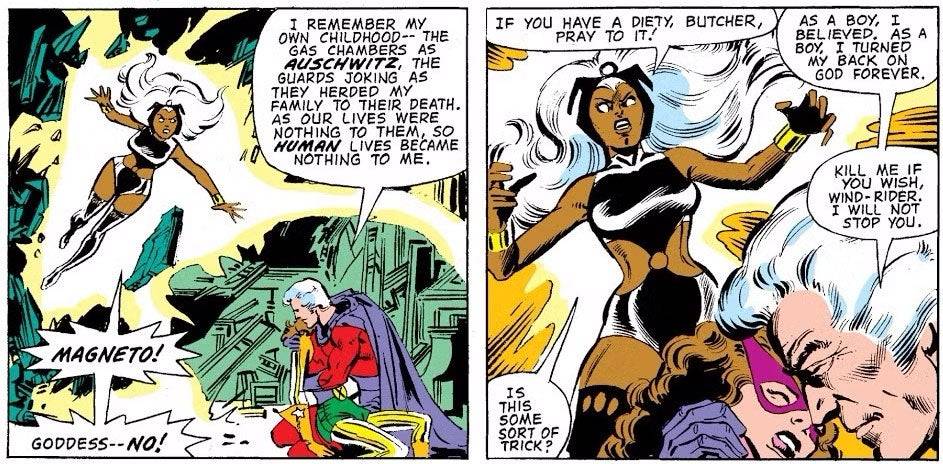 X-Men #150
X-Men #150
The First Appearances of Rogue, She-Hulk, and the New Mutants
The 1980s also introduced several key characters, including notable female heroes. Rogue, initially a villain in Avengers Annual #10, emerged as a member of Mystique's Brotherhood of Evil Mutants. Her absorption of Carol Danvers' powers marked a turning point for both characters, despite the controversial events surrounding Carol in Avengers #200. Rogue's journey from villain to hero is a testament to Marvel's dynamic character development.
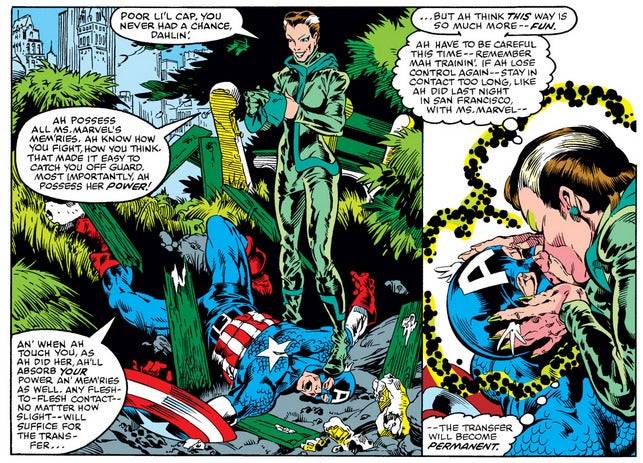 Rogue... as a bad guy in Avengers Annual #10.
Rogue... as a bad guy in Avengers Annual #10.
She-Hulk, created by Stan Lee, debuted in Savage She-Hulk #1. Jennifer Walters, Bruce Banner's cousin, gained her powers through a life-saving blood transfusion. While her initial series was not well-received, She-Hulk's subsequent involvement with the Avengers and Fantastic Four solidified her as a beloved character, later portrayed by Tatiana Maslany in the MCU.
The New Mutants, Marvel's first X-Men spin-off, debuted in Marvel Graphic Novel #4 and later in their own series. This team of young mutants, including Cannonball, Sunspot, Karma, Wolfsbane, and Dani Moonstar (Mirage), along with the later addition of Illyana Rasputina (Magik), brought fresh dynamics to the X-Men universe. Their stories, particularly those involving Magik, have been influential, as seen in the 2020 New Mutants film.
Iconic Storylines for Daredevil, Iron Man, and Captain America
Daredevil #168 marked the beginning of Frank Miller's iconic run, introducing Elektra and redefining the character's mythology. Miller's gritty, noir-inspired storytelling over the next two years, including the introduction of Kingpin as Matt Murdock's nemesis and the tragic death of Elektra, set a new standard for superhero comics. This run inspired both the 2003 film and the 2015 Netflix series, with the upcoming MCU show Daredevil: Born Again continuing this legacy.
David Michelinie and Bob Layton's Doomquest in Iron Man #149-150 saw Iron Man's solo confrontation with Doctor Doom, leading to an adventure in Arthurian times. This story not only cemented Doom as a key adversary for Iron Man but also set the stage for future collaborations between Doom and Morgan le Fay.
Captain America #253-254, crafted by Roger Stern and John Byrne, featured a darker narrative involving Cap's battle with the Nazi vampire Baron Blood. This arc showcased the duo's storytelling prowess and added depth to Captain America's WWII legacy.
Moon Knight Becomes a Hero and Marvel Helps Create the G.I. Joe Mythology
Moon Knight's transition from antagonist to hero was solidified in Moon Knight #1. Originally introduced in Werewolf by Night #32, this issue by Doug Moench and Don Perlin established Moon Knight's heroic identity, backstory, and alternate personalities, laying the groundwork for all future narratives.
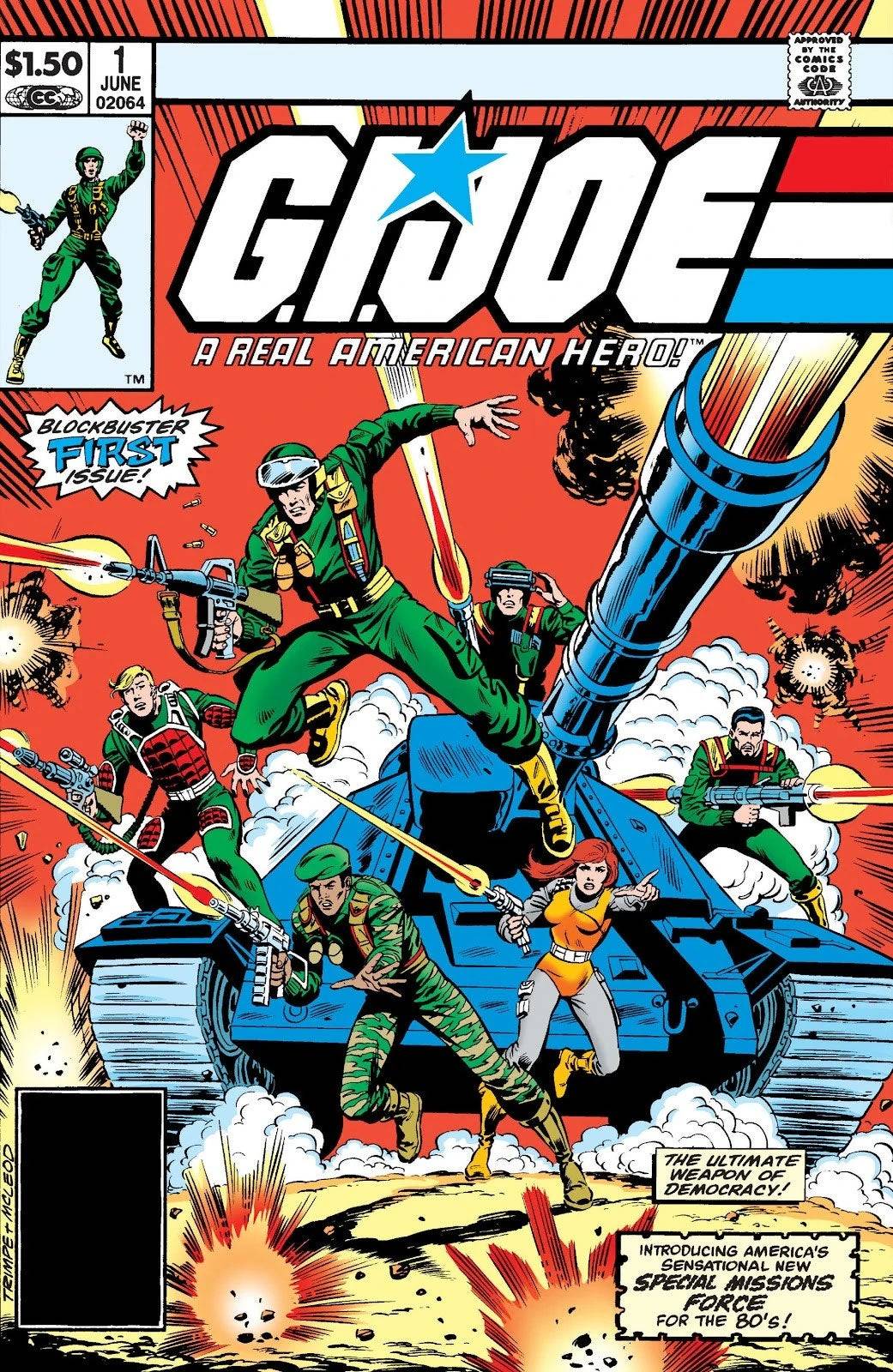 G.I. Joe #1
G.I. Joe #1
Although not owned by Marvel, the G.I. Joe franchise owes much of its character development to Marvel Comics. Starting with G.I. Joe #1 in 1982, editor Archie Goodwin and writer Larry Hama crafted the mythology around Cobra and introduced iconic characters like Scarlett, Snake Eyes, Storm Shadow, Lady Jaye, and the Baroness. Hama's compelling storytelling made G.I. Joe a top-selling title and resonated particularly with female readers due to its strong, equal portrayal of female characters.
 Home
Home  Navigation
Navigation






 Latest Articles
Latest Articles
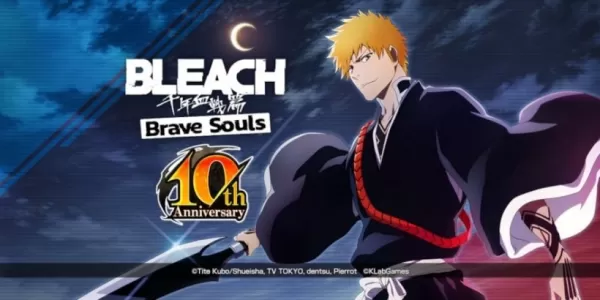








 Latest Games
Latest Games







